Scientists used 3D printing and an inexpensive ink to make colored contact lenses that could improve color distinction in color-blind people.
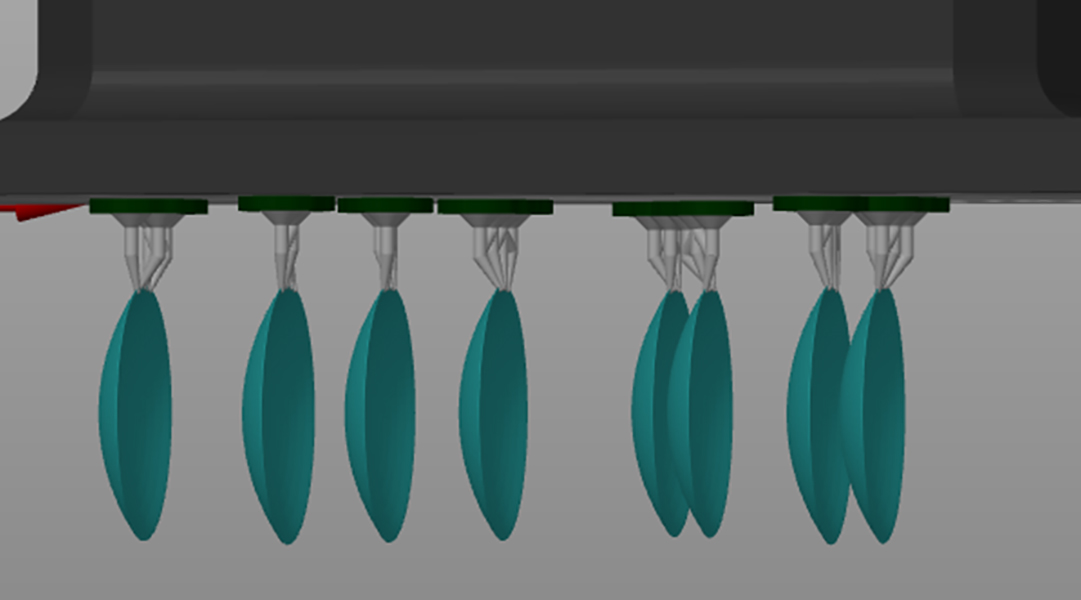

Scientists used 3D printing and an inexpensive ink to make colored contact lenses that could improve color distinction in color-blind people.
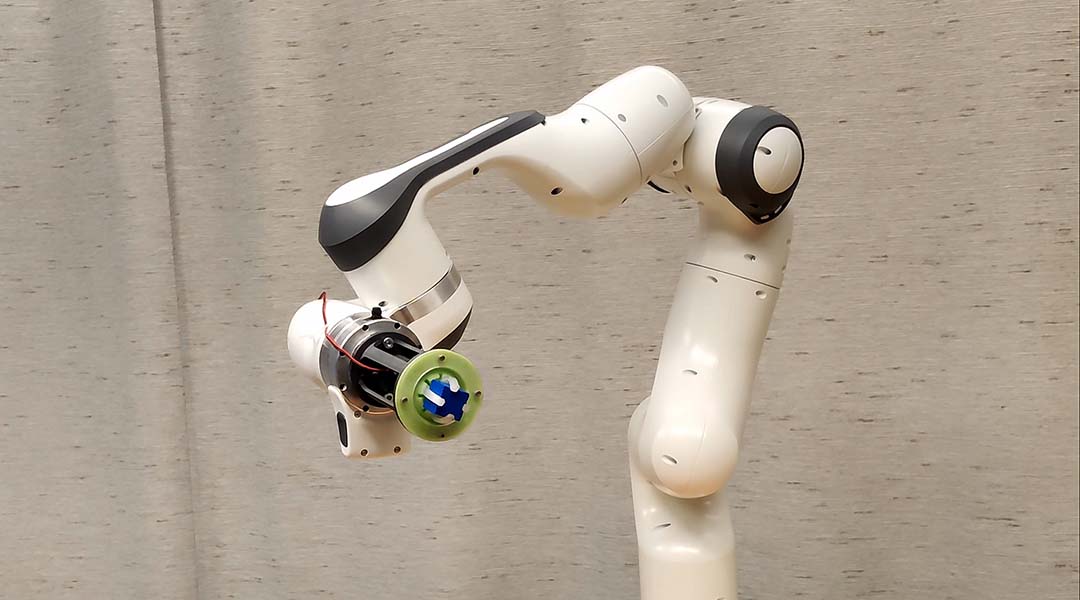
An innovative design allows for sensitive soft robots that can navigate difficult tasks and environments without bulky sensors.

Rigid elements are holding soft robots back from their full potential, and new research suggests swapping in fluid-based systems.
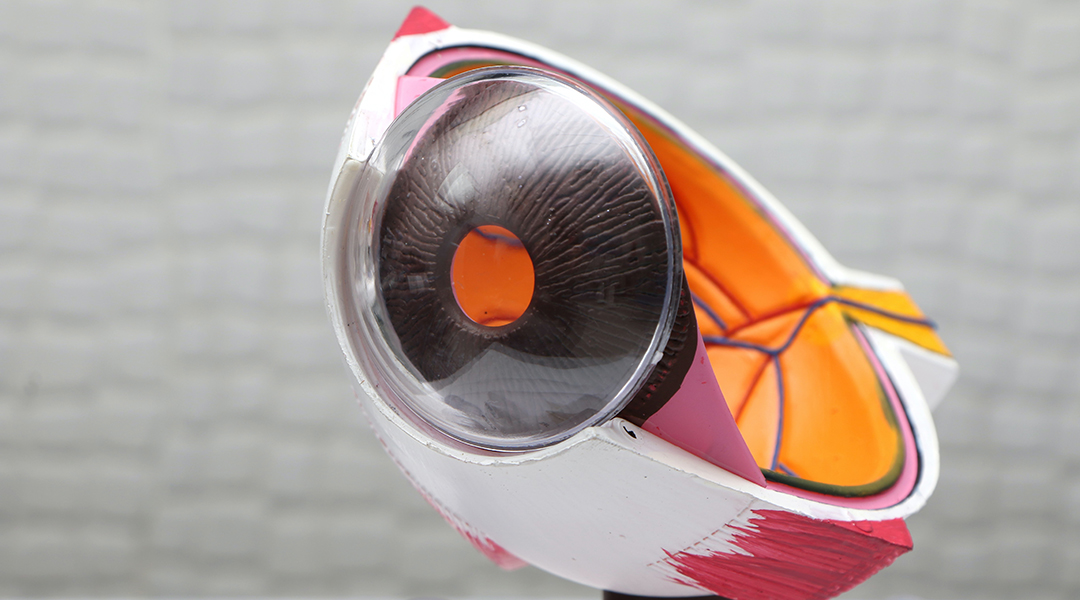
A tiny battery built into smart contact lenses produces its own power through eye blinking, relying on tears and oxygen to power its cells.

External strain can be detected by the wavelength and intensity of this sensor’s light signal for improved detection and resistance to interference.

Professor Madhu Bhaskaran creates devices to assess the biometrics of the human body and helps patients feel again.
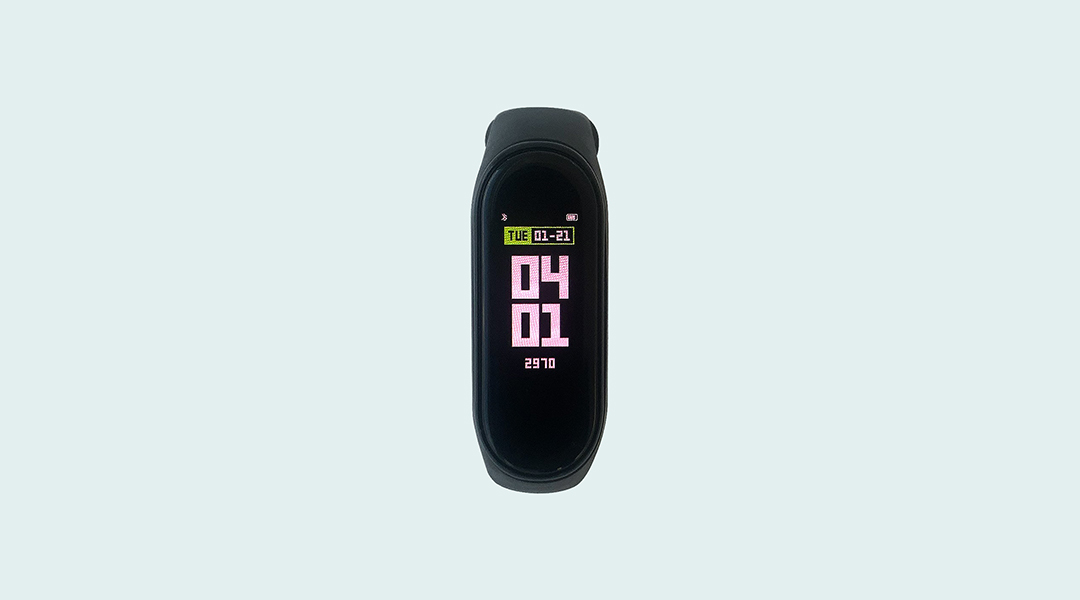
Wearable devices and gadgets have surged in popularity, but researchers say that current ethical frameworks need to catch up with research to protect study participants.

A fabric-based haptic sleeve controls drone flight through arm movement and helps train users by applying corrective forces to body joints.

The Singapore-based materials scientist on her love for science, promoting gender equality in STEM, and how innovations in materials can propel advances in healthcare.
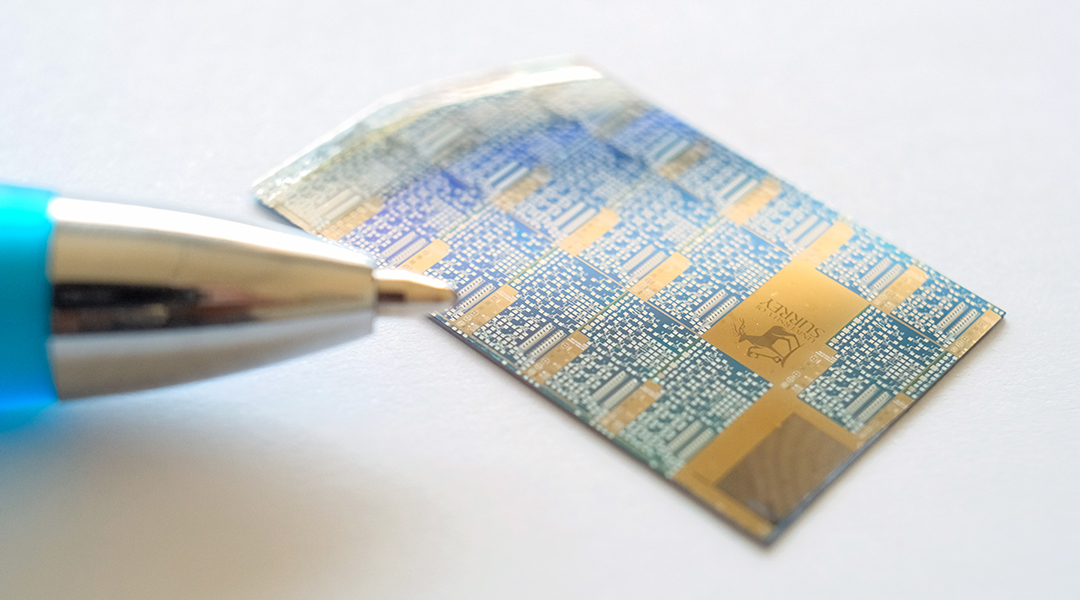
Multimodal thin-film transistors, or MMTs, could be pivotal in designing the next-generation of wearables and eco-disposable sensors.